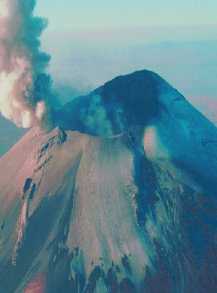Some igneous rocks form from volcanic lava.
Click on image for full size
Courtesy of USGS
Igneous Rocks
Igneous rocks form when molten rock cools and solidifies. Molten rock is called magma when it is below the Earth’s surface and lava when it is above.
There are two types of igneous rocks, depending on where the rock is formed.
Igneous rocks that form below the Earth’s surface are called intrusive igneous rocks (or plutonic). The word “plutonic” comes from Pluto, the name for the Greek god of the underworld. They form when magma enters a pocket or chamber underground that is relatively cool and solidifies into crystals as it cools very slowly.
Igneous rocks that form above the Earth’s surface are called extrusive igneous rocks. These rocks, also called volcanic rocks, form when lava cools at or above the Earth’s surface at places like volcanoes. They form when lava cools very quickly as it is thrust into the comparatively cool temperatures above ground.
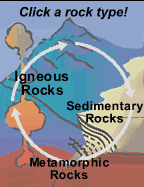
Last modified June 17, 2003 by Lisa Gardiner.
You might also be interested in:
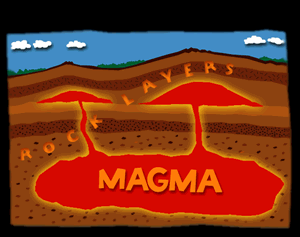
If you could travel to the center of the Earth, you would find that it gets hotter and hotter as you travel deeper. The heat is naturally produced by decay of radioactive elements. Within the Earth’s
...more
Intrusive igneous rocks, also called plutonic rocks, form deep below the Earth’s surface when magma, or molten rock, rises into a crack or an underground chamber within the Earth. The chamber is a little
...more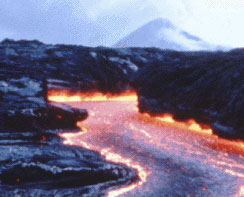
Earth was still very hot at this time, like a bubbling pot, and there was a lot of volcanic activity. Thus the surface of the Earth was covered with igneous rocks, there was no ocean, and no continents.
...more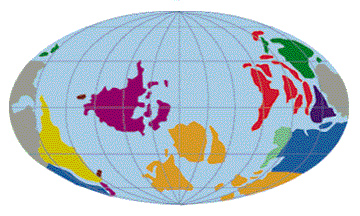
The Archean is the name of the age which began with the forming Earth. The duration of the Archean, 2.8 billion years, is more than half the expected age of the Earth. We don't know much about this period,
...more
We all know that salt is a big part of the ocean water today. Two things help scientists figure out what chemicals may have been part of the Earth's early oceans. Igneous rocks are made of iron, aluminum,
...more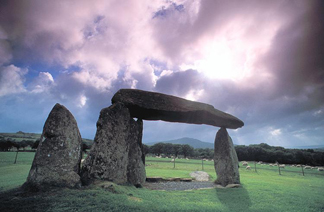
The stone structures of England and France are very famous. But, one can also find megalithic sites in such places as Wales, Sweden, Germany, Portugal, Spain, Malta, Russia and the Netherlands. The most
...more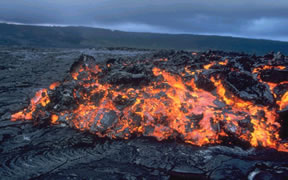
Basalt is a hard, black extrusive igneous rock. It is the most common type of rock in the Earth's crust and it makes up most of the ocean floor. The prevalence of dark minerals such as pyroxene and olivine
...more



